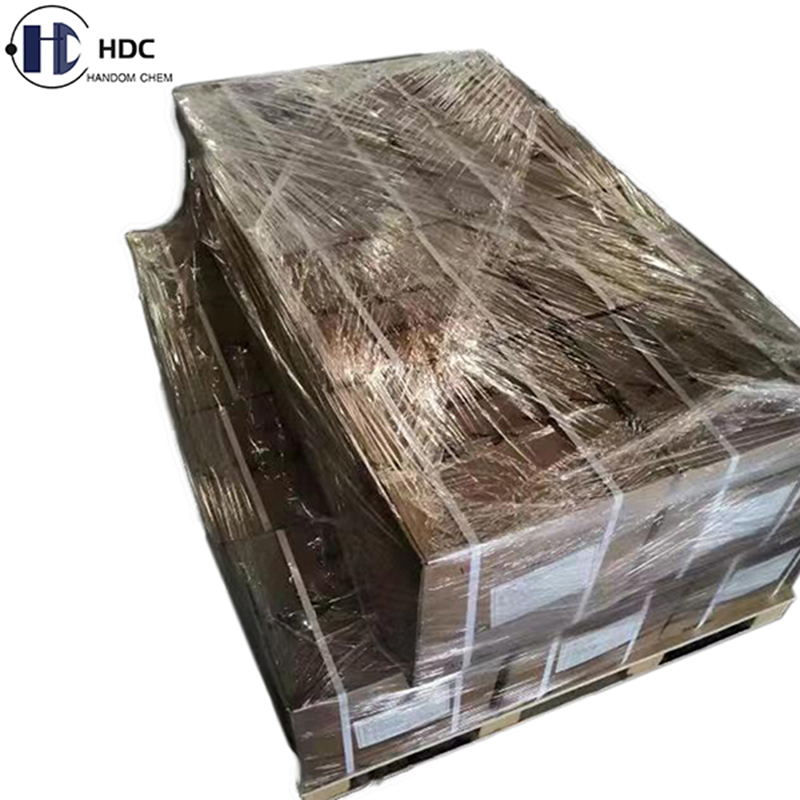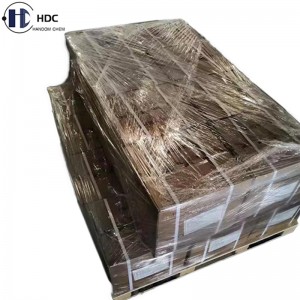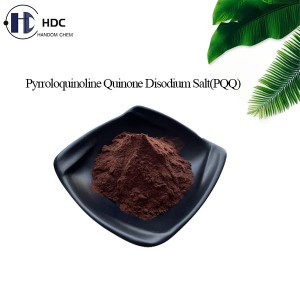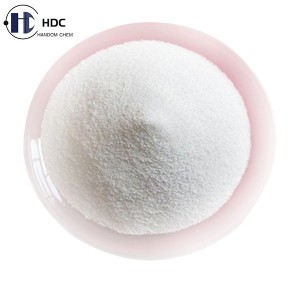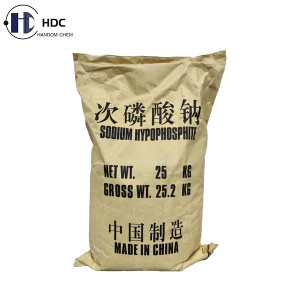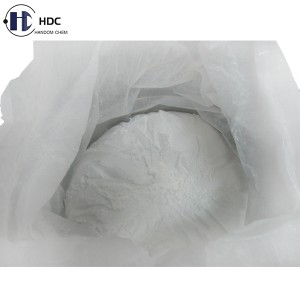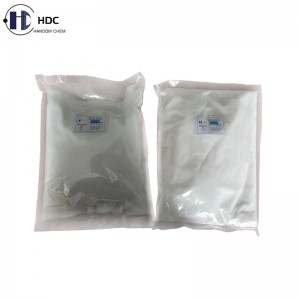Ascorbic Acid(Vitamin C)
Chemical Structural Formula
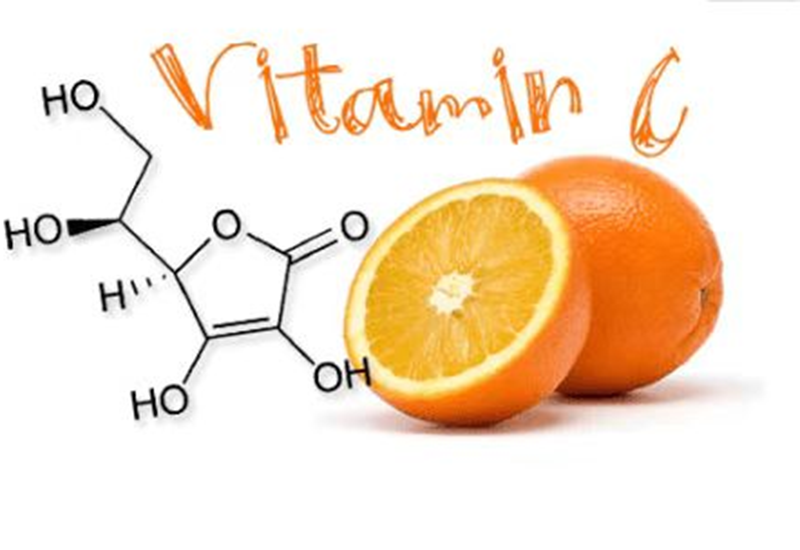
Description
Vitamin C, also called L-ascorbic acid, is an essential nutrient for higher primates and a few other organisms. Ascorbic acid is metabolically produced in most living organisms, but humans are the most notable exception. The most widely known is that a lack of vitamin C causes scurvy. The pharmacophore of vitamin C is ascorbate ion. In living organisms, vitamin C is an antioxidant, because it can protect the body from the threat of oxidants, and vitamin C is also a coenzyme.
Specifications
| Testing Items | Specifications |
| Appearance | White to almost white crystals or crystalline powder |
| Identification | Positive Reaction |
| Melting Point | About 190℃ |
| pH Value(2% Aqueous Solution) | 2.4 ~ 2.8 |
| pH Value(5% Aqueous Solution) | 2.1 ~ 2.6 |
| Clarity of Solution | Clear |
| Color of Solution | Not more than BY7 |
| Copper(Cu) | Not more than 5ppm |
| Iron(Fe) | Not more than 2ppm |
| Heavy Metals | Not more than 10ppm |
| Mercury(Hg) | Not more than 0.1ppm |
| Lead(Pb) | Not more than 2ppm |
| Arsenic(As) | Not more than 3ppm |
| Oxalic Acid | Not more than 0.2% |
| Impurity E | Not more than 0.2% |
| Loss on Drying | Not more than 0.4% |
| Sulphate Ash(Residue on Ignition) | Not more than 0.1% |
| Specific Optical Rotation | +20.5°~ +21.5° |
| Residual Solvents | Conforms |
| Assay | 99.0% ~ 100.5% |
Physical and Chemical Properties
Vitamin C is easily soluble in water, slightly soluble in ethanol, insoluble in ether, chloroform, benzene, petroleum ether, oils, and fats. The aqueous solution shows an acidic reaction. It can be quickly oxidized into dehydroascorbic acid in the air, and has a citric acid-like sour taste. It is a strong reducing agent, and it will gradually turn into different degrees of light yellow after a long period of storage. This product exists in various fresh vegetables and fruits. This product plays an important role in biological oxidation and reduction as well as in cellular respiration, which is beneficial to the synthesis of nucleic acid and the production of red blood cells. It can also reduce Fe3+ to Fe2+, which is easy to be absorbed by the human body and is also beneficial to the generation of cells.
Functions
Vitamin C participates in the production of collagen in the body, neutralizes toxins, promotes the production of antibodies, and enhances the detoxification function of the body. In medicine, it is mainly used for the prevention or treatment of scurvy, and for diseases such as dental caries, gingival abscess, anemia, and growth retardation caused by insufficient ascorbic acid. In food processing, it is used as a vitamin fortifier for concentrated orange juice, juice crystals, candies, jelly, jam, etc.
Applications
| 1) As an antioxidant, it can be used in fermented flour products with a maximum dosage of 0.2g/kg; it can also be used in beer with a maximum dosage of 0.04g/h. It can also be used as food nutrition enhancer. |
| 2) Water-soluble antioxidants |
| 3) Used as chemical reagents and chromatographic analysis reagents |
| 4) Vitamin drugs, used to prevent and treat scurvy, and also used as an auxiliary effect for various acute and chronic infectious diseases and purpura |
| 5) Vitamin C participates in complex metabolic processes of the body, can promote growth and enhance resistance to diseases. my country's regulations can be used to strengthen sandwich hard candy, the dosage is 2000 ~ 6000mg/kg; in high iron cereals and their production. 800-1000mg/kg in food products (limited to 50g of this kind of food per day); 300-500mg/kg in fortified infant food; 200-400mg/kg in fortified canned fruit; The dosage in fortified drinking liquid and milk beverage is 120-240mg/kg; the dosage in fortified fruit puree is 50-100mg/kg. In addition, this product has a strong reducing property and can be used as an antioxidant. |
| 6) Vitamin C participates in the complex metabolic process of the body, can promote growth and enhance resistance to diseases, can increase poultry egg production and improve eggshell quality. When animals lack vitamin C, symptoms such as loss of appetite, growth stagnation, dull fur, and anemia will occur. In addition, this product has a strong reducing property and is a good antioxidant. |
| 7) Synthetic medicinal vitamin C is exactly the same as natural vitamin C. This product can promote the transformation of folic acid into tetrahydrofolate, which is beneficial to the synthesis of nucleic acid and the production of red blood cells. It can also reduce ferric ions to ferrous ions, which is easy to be absorbed by the human body and is also beneficial to the generation of cells. Vitamin C is involved in the production of collagen in the body. It can neutralize toxins, promote the production of antibodies, and enhance the detoxification function of the body. In medicine, it is mainly used for the prevention or treatment of scurvy, and for caries, gingival abscess, anemia, growth retardation and other diseases caused by insufficient anti-blood acid. |
| 8) Vitamin drugs. Participate in the oxidation-reduction process in the body, reduce the fragility of capillaries, and increase the body's resistance. For vitamin C deficiency, fever, chronic wasting disease, etc. |
| 9) Standard reagents for the determination of arsenic, iron, phosphorus and iodine, chromatographic analysis reagents, antioxidants, masking agents, reducing agents |


